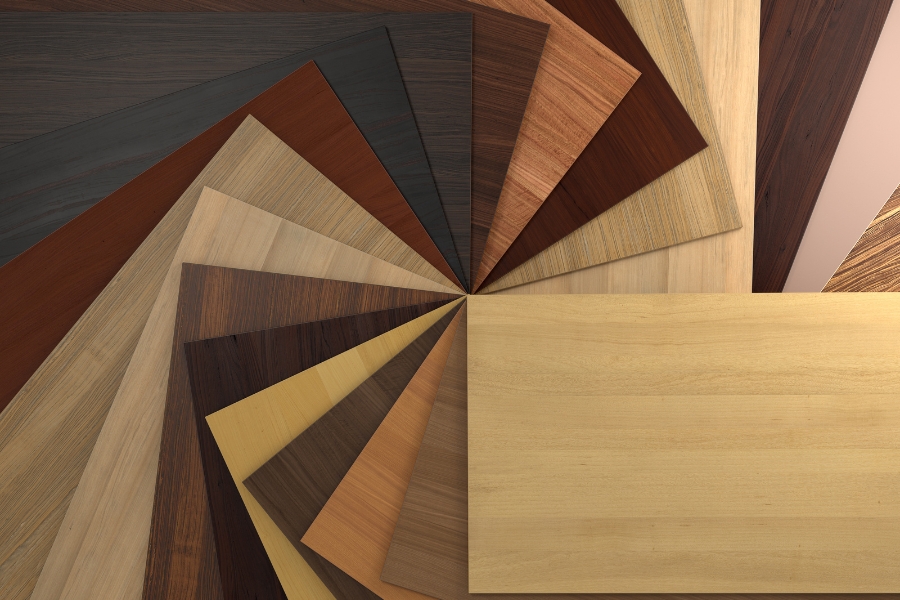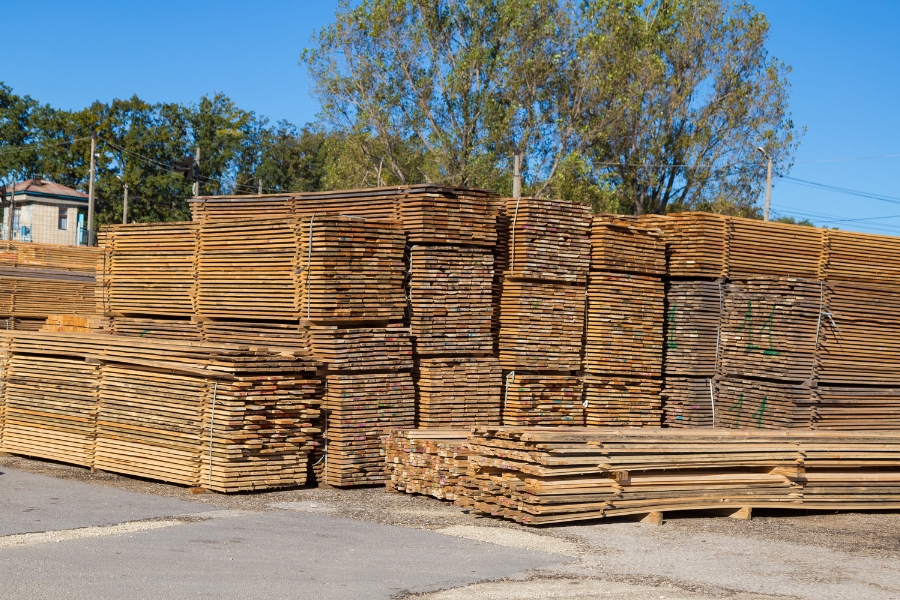Confused about which material to choose for formwork? Well, two materials that are often chosen in the field are regular plywood and phenolic film face plywood. At first glance, they look similar, both made from plywood, but there are actually significant differences between the two, especially in terms of durability, final results, and cost efficiency.
For those of you designing a construction project, choosing the right formwork material can significantly impact the quality and speed of the work. So, let’s find out what the actual difference are between plywood and phenolic film face, and which one is best suited for your formwork needs?
Difference Between Plywood and Phenolic Film Face
To avoid making the wrong choice, let’s first understand the main differences between plywood and phenolic film face. The difference are not only in appearance but also in function and durability. Here’s the explanation:
1. Layer Composition
Regular plywood consists of several layers of wood veneer bonded together without any special protective coating on the surface. This structure makes it strong enough for general use, but does not provide additional protection against wear or moisture.
In contrast, phenolic film face has an additional layer of phenolic film on one or both sides, with a thickness of approximately 45 to 125 gsm. This layer provides extra strength, improves resistance to scratches, and makes the material more stable when used in various environmental conditions.
2. Moisture Resistance
In terms of water resistance, regular plywood has a weakness because it easily absorbs moisture. When exposed to water or humid weather for a long time, plywood can warp or even break.
Phenolic film face, on the other hand, features a pre-coated surface that is waterproof. This layer effectively prevents water penetration, making it far more resistant to rain and extreme weather changes. Due to this advantage, phenolic film face is often used for outdoor applications such as concrete formwork.
3. Durability
Plywood can generally only be used two to three times before its surface begins to deteriorate or peel, especially for heavy-duty work like concrete casting. On the other hand, phenolic film face offers significantly higher durability. With proper care, this material can be reused up to eight to ten times. In ideal conditions, its lifespan can exceed 20 years, making it a highly efficient long-term solution for repetitive projects.
3. Surface and Finishing Results
Plywood surfaces tend to be rough and have open pores, resulting in uneven concrete castings that often require additional finishing processes like plastering.
In contrast, phenolic film face has a smooth and even surface, enabling the production of cleaner and more precise concrete castings. This obviously saves time and additional costs for final finishing on the concrete surface.
4. Cost and Long-Term Cost Efficiency
In terms of price, plywood is indeed more economical initially. However, due to its short lifespan and the need for frequent replacements, the total cost in the long term can be higher. On the other hand, phenolic film face may require a higher initial investment, but its durability makes it far more cost-effective in the long run. In large-scale or repetitive projects, using phenolic film face can be a smarter financial decision.
So, Which One Should You Choose?
If you are working on a small-scale or one-time project, plywood can be a practical choice. It is more affordable, easily available, and easy to install. However, keep in mind that plywood is less resistant to moisture, can only be reused 2-3 times, and the concrete castings often require additional finishing due to its rough surface.
On the other hand, phenolic film face does require a higher initial cost, approximately 30-50% more expensive than regular plywood. However, its advantages are worth it—it is more water-resistant, can be reused up to 8-10 times, and the concrete cast results are neater without needing extra finishing. If you are seeking a long-term solution, especially for projects in humid areas or repetitive work, phenolic film face can be a far more efficient investment.
Whatever your choice, ensure you use high-quality materials for optimal results. Hojaya is ready to provide the best plywood and phenolic film face for your project needs. Visit Hojaya‘s official website to learn more!


